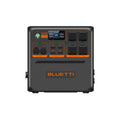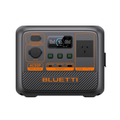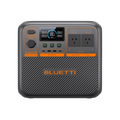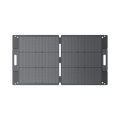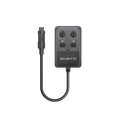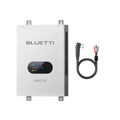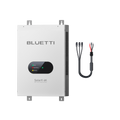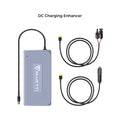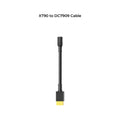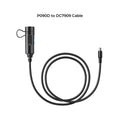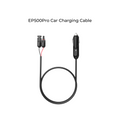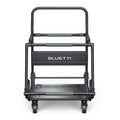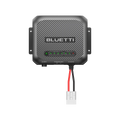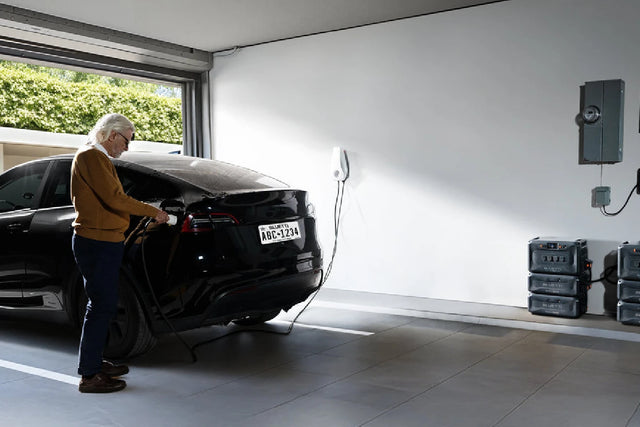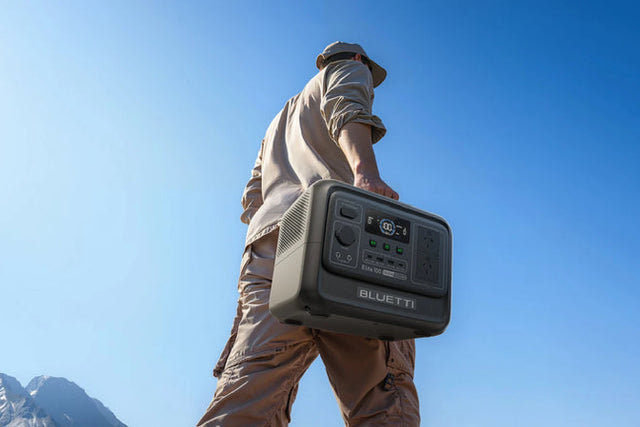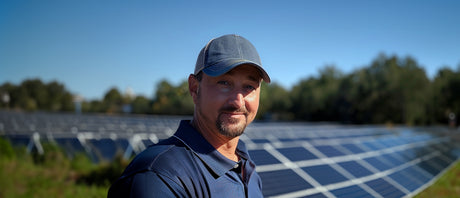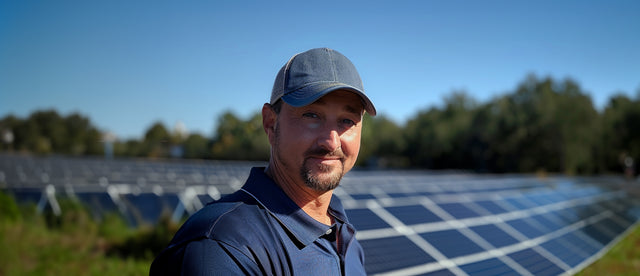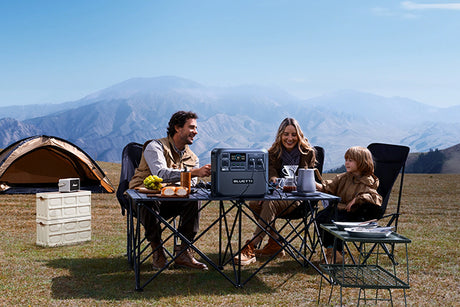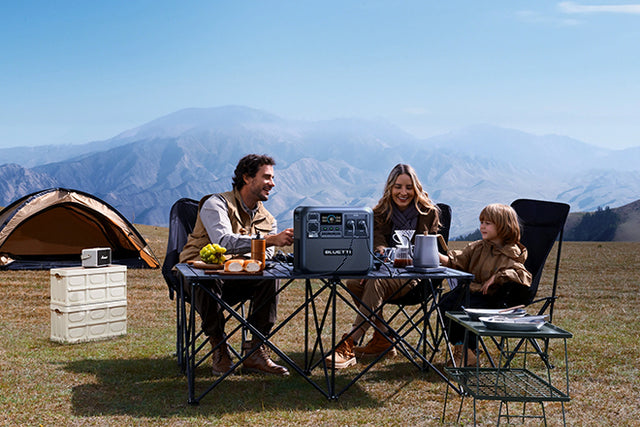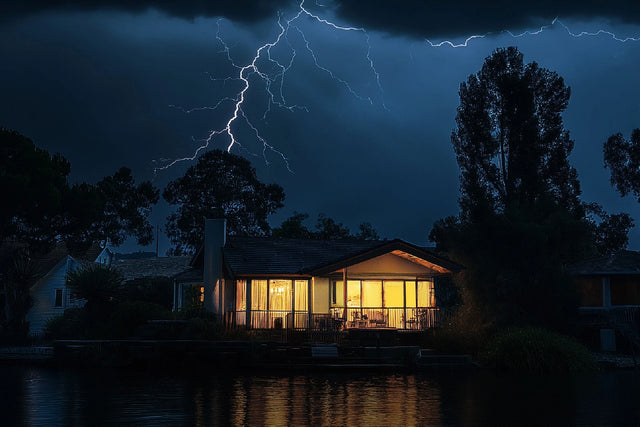In today's fast-paced world, energy is an essential part of our daily lives. We rely on it to power our homes, businesses, and vehicles. With the constant increase in energy consumption, it has become more important than ever to compare energy prices and make informed decisions about our energy usage. That's where the 2024 Plans Comparison Chart for energy prices in Australia comes in. In this article, we will delve into the details of this comparison chart and why it is crucial for consumers to be aware of it in order to make the most cost-effective and sustainable energy choices.
Why compare energy?
With the ever-increasing demand for electricity and gas, energy prices are constantly on the rise. As a consumer, it is important to be aware of the different energy plans and prices available in the market in order to make an informed decision. This is where comparing energy prices becomes crucial.
Here are five reasons why it is important to compare energy prices:
1. You’re free to chooseEnergy retailers offer a range of plans and options for consumers to choose from. By comparing energy prices, you have the freedom to select a plan that best suits your needs and budget. This allows you to have control over how much you pay for your energy consumption.
2. Concessions and rebatesMany energy retailers offer concessions and rebates to eligible customers. These discounts can significantly reduce your energy bills. By comparing energy prices, you can find out which retailers offer the best concessions and rebates, and choose a plan that can help you save money.
3. Rates and tariffs can varyThe rates and tariffs charged by energy retailers can vary greatly. This can depend on factors such as the type of plan, your location, and the time of usage. By comparing energy prices, you can find out which retailers offer the most competitive rates and tariffs for your specific needs.
4. Different prices for different regionsEnergy prices can differ between regions due to various reasons such as infrastructure costs, distribution charges, and competition. By comparing energy prices, you can find out which retailers offer the lowest prices in your region and potentially save on your energy bills.
5. Compare regularlyIt is important to regularly compare energy prices as they can change over time. By staying informed about the latest energy plans and prices, you can ensure that you are getting the best deal for your energy consumption. This also allows you to switch to a better plan or retailer if you find a more suitable option.
comparing energy prices is crucial in order to make an informed decision and potentially save money on your energy bills. With the help of a comparison chart, such as the one for Australia in 2024, you can easily compare the different energy plans and prices offered by various retailers. Remember to consider factors such as your energy usage, location, and any available concessions or rebates when choosing the best energy plan for you.
When it comes to choosing an energy plan in Queensland, Australia in 2024, it's important to carefully compare the different options available. To make this task easier, we have created a comparison chart of the top energy plans offered by some of the leading providers in the market.
Provider/Retailer:
The first column in our chart lists the provider or retailer offering the energy plan. In this case, we have included 1st Energy, Globird Energy, Ampol Energy, OVO Energy, and Sumo.
Plan Name:
The second column shows the name of the plan, which is used to differentiate between different packages offered by the same provider. For example, 1st Energy's plan is called 1st Saver, while Sumo's plan is called Sumo Switch Residential.
RATES:
This column displays the daily supply charge for each plan. This is the fixed fee charged by the provider for the cost of supplying energy to your home or business. As of 2024, the rates for these plans range from 92.84c/day to 137.50c/day.
Annual Cost (excl. discounts):
This column shows the estimated annual cost of each energy plan, excluding any discounts. This amount is based on average usage and can vary depending on the individual's consumption patterns. For our comparison, we have assumed a usage of 6000kWh per year. As you can see from the chart, the annual costs range from $2,500 to $3,370.
Discount Benefit Period:
Many energy plans offer discounts for a certain period of time, usually 12 months. This column indicates whether the plan offers a guaranteed discount on the total bill or no discount at all. For example, 1st Energy's 1st Saver plan offers a guaranteed discount of 5% on the total bill, while the other plans do not offer any discounts.
Tariff:
This column specifies the tariff type for each plan, which determines the way the energy usage is charged. The options include single rate, time of use, and flat rate. The most common tariff type in our comparison chart is the single rate, which means that the same rate is charged for all usage throughout the day. However, Globird Energy offers a time of use tariff, where electricity is charged at different rates depending on the time of day.
When comparing energy plans, it's important to not only look at the cost, but also consider the tariff type and any discounts that may be offered. It's also worth noting that these prices are subject to change and may vary depending on the location and specific energy requirements of the consumer.

Compare Energy Prices: Plans Comparison Chart Australia 2024
Energy prices in Australia have been on the rise in recent years, leading many households to search for the best and most cost-effective energy plans. With various providers and plans available, it can be overwhelming and time-consuming to compare and decipher which plan is the best fit for your household's needs. In this article, we will compare the current energy plans in New South Wales, Australia, and provide a comprehensive chart to help you make informed decisions for your energy needs.
| Provider/Retailer | Plan Name | RATES | Annual Cost (excl. discounts) | Discount Benefit Period | Tariff |
|---|---|---|---|---|---|
| 1st Energy | 1st Saver - Single Rate | 137.50c/day | $3,370 | Guaranteed discount on total bill – 5% | Single rate |
| Globird Energy | BOOST Residential (Flat Rate)-Energex | 100.10c/day | $2,500 | None | Time of Use |
| Ampol Energy | Ampol Energy Powering On | 119.35c/day | $2,520 | None | Single rate |
| OVO Energy | The One Plan | 93.50c/day | $2,540 | None | Single rate |
| Sumo | Sumo Switch Residential | 92.84c/day | $2,550 | None | Single rate |
| Provider/Retailer | Plan Name | RATES | Annual Cost (excl. discounts) | Discount Benefit Period | Tariff |
|---|---|---|---|---|---|
| 1st Energy | 1st Saver - Single Rate | 122.10c/day | $3,310 | Guaranteed discount on total bill – 5% | Single rate |
| Globird Energy | BOOST Residential (Flat Rate)-Energex | 71.50c/day | $2,480 | None | Time of Use |
| Kogan Energy | Kogan Energy with free FIRST | 95.41c/day | $2,480 | None | Single rate |
| Powershop | Power House | 95.41c/day | $2,480 | None | Single rate |
| Ampol Energy | Ampol Energy Powering On | 71.50c/day | $2,490 | None | Single rate |
Provider/Retailer: 1st Energy
Plan Name: 1st Saver - Single Rate
RATES: 122.10c/day
Annual Cost (excl. discounts): $3,310
Discount Benefit Period: Guaranteed discount on total bill – 5%
Tariff: Single rate
1st Energy offers a competitive single rate plan with a daily supply charge of 122.10c. While the annual cost is relatively high at $3,310, customers can enjoy a guaranteed discount of 5% on their total bill during the discount benefit period. This plan is suitable for households with consistent energy usage throughout the day.
Provider/Retailer: Globird Energy
Plan Name: BOOST Residential (Flat Rate)-Energex
RATES: 71.50c/day
Annual Cost (excl. discounts): $2,480
Discount Benefit Period: None
Tariff: Time of Use
Globird Energy offers a time of use plan with a daily supply charge of 71.50c. This plan is suitable for households with varying energy usage throughout the day as it offers different rates for peak and off-peak hours. However, customers should note that there is no discount benefit period for this plan.
Provider/Retailer: Kogan Energy
Plan Name: Kogan Energy with free FIRST
RATES: 95.41c/day
Annual Cost (excl. discounts): $2,480
Discount Benefit Period: None
Tariff: Single rate
Kogan Energy offers a single rate plan with a daily supply charge of 95.41c. While the annual cost is on par with other providers, this plan does not have a discount benefit period. However, Kogan Energy does offer a free first bill for new customers, making it an attractive option for those looking to switch providers.
Provider/Retailer: Powershop
Plan Name: Power House
RATES: 95.41c/day
Annual Cost (excl. discounts): $2,480
Discount Benefit Period: None
Tariff: Single rate
Powershop also offers a single rate plan with a daily supply charge of 95.41c. Similar to Kogan Energy, there is no discount benefit period for this plan. However, Powershop prides itself on providing 100% carbon-neutral energy, making it an environmentally friendly option for customers.
Provider/Retailer: Ampol Energy
Plan Name: Ampol Energy Powering On
RATES: 71.50c/day
Annual Cost (excl. discounts): $2,490
Discount Benefit Period: None
Tariff: Single rate
Ampol Energy offers a single rate plan with a daily supply charge of 71.50c. This plan is slightly more expensive than other providers, but customers can enjoy the convenience of earning Velocity Frequent Flyer points on their energy bills. However, there is no discount benefit period for this plan.
When comparing energy plans in New South Wales, it is essential to consider not only the rates but also the discount benefit period, tariff, and any additional benefits offered by the providers. While some plans may have lower rates, they may not have a discount benefit period, making them less cost-effective in the long run. Therefore, it is crucial to assess your household's energy usage and needs before making a decision.
the above comparison chart provides a comprehensive overview of the current energy plans in New South Wales, Australia, and their rates, benefits, and tariffs. We hope this helps you make an informed decision for your energy needs and find the best plan that suits your household and budget. Remember to regularly review and compare energy plans to ensure you are getting the best deal and saving money on your energy bills.
Plan Comparison Checklist:
When it comes to choosing an energy plan in Australia in 2024, there are several factors to consider. A thorough comparison of different plans can help you find the most suitable option for your household or business. To make the task easier, we have created a checklist that includes the key elements to compare while evaluating energy prices in Australia.Energy Tariffs: The first thing to compare when looking at energy plans is the tariff rate. This is the amount you will be charged for each unit of energy that you consume. Energy tariffs can vary significantly between different providers, so it is essential to compare them carefully to find the most competitive rate. Keep in mind that some plans may also offer different tariff rates for peak and off-peak usage, so make sure to take that into account as well.
Discounts and Offers: Many energy providers offer discounts and special offers to entice customers. These can range from pay-on-time discounts to sign-up bonuses. While discounts and offers may seem attractive, it is essential to read the fine print and compare them with the base rates to ensure that you are getting a good deal in the long run.
Type of Contract: Energy plans in Australia can come with different types of contracts, such as fixed-term contracts or variable contracts. A fixed-term contract means that you lock in a specific rate for a set period, usually one or two years. On the other hand, a variable contract allows for fluctuation in the energy tariff based on market conditions. Consider your individual needs and preferences when deciding on the type of contract.
Service Options: It is also crucial to compare the service options offered by different energy providers. This includes the availability of online account management, customer support hours, and the ability to contact customer service through various channels such as phone, email, or live chat. Choosing a provider that offers convenient and accessible customer service can make a significant difference in your overall experience.
Fees and Charges: In addition to the energy tariff, many plans come with additional fees and charges. These can include connection fees, disconnection fees, and late payment fees. Be sure to compare these fees among different providers to avoid any surprises on your bill.
Terms and Conditions: It is crucial to read and compare the terms and conditions of different energy plans before signing up. These can include details about billing cycles, payment methods, and any additional charges or conditions that may apply. Make sure you understand all the terms and conditions before committing to a plan.
Features and Benefits: Lastly, consider the features and benefits of each energy plan to determine the best fit for your needs. Some plans may offer green energy options, while others may provide smart metering for more accurate usage monitoring. Think about what features are essential to you and compare them to make an informed decision.
Top Three Benefits of Your Chosen Plan:
After comparing various energy plans based on the checklist above, the top three benefits of your chosen plan may include:
Competitive Energy Tariffs: Your chosen plan offers competitive energy tariffs, ensuring that you get the best value for your money when it comes to energy costs.
Flexible Contract Options: The plan offers flexible contract options, allowing you to choose a fixed-term or variable contract based on your preferences.
Convenient Service Options: With this plan, you have access to convenient and accessible customer service options, making it easier to manage your energy usage and billing.
comparing energy prices in Australia in 2024 requires careful consideration of several factors, such as energy tariffs, discounts and offers, contract type, service options, fees and charges, and terms and conditions. By using this checklist and understanding the top benefits of your chosen plan, you can make an informed decision that best suits your energy needs. Keep in mind that energy prices and plans can change over time, so it is always a good idea to review your options periodically to ensure that you are getting the best deal possible.
Save Money on Electricity Bills with the BLUETTI AC300 +B300 (6,000W Surge) Solar Generator!
Are you tired of paying high electricity bills? Are you looking for a more sustainable and cost-effective way to power your home or RV? Look no further than the BLUETTI AC300 +B300 solar generator. With its impressive capacity and advanced features, this solar generator is a game changer in the energy market.Designed to meet the increasing energy demands of today's world, the BLUETTI AC300 +B300 solar generator has a capacity of up to 12,288Wh with 4×B300 batteries. This means you can power multiple appliances and devices without worrying about running out of energy.
But capacity is not the only impressive feature of this solar generator. Its inverter has a 3,000W AC Pure Sine Wave output with a surge capacity of 6,000W. This means you can power even high wattage appliances with ease. From refrigerators to power tools, the BLUETTI AC300 +B300 has got you covered.
One of the main concerns with solar generators is their battery life. But with the BLUETTI AC300 +B300, you don't have to worry about that. It uses Lithium Iron Phosphate batteries, which have a cycle life of 3,500+ to 80%. This means you can use your solar generator for many years without worrying about the battery deteriorating.
The BLUETTI AC300 +B300 also boasts a fast charging speed. With its Turbo Charge feature, you can charge up to 80% of the battery in just 45 minutes using both AC and DC sources. This makes it a convenient and efficient option for powering your home or RV.
One of the standout features of the BLUETTI AC300 +B300 is its UPS (Uninterruptible Power Supply) mode. This means that in the event of a power outage, the solar generator can switch over in milliseconds to provide uninterrupted power. This is especially useful for critical appliances such as medical equipment that cannot afford any downtime.
The modular design of the BLUETTI AC300 +B300 makes it highly portable. You can easily disassemble it and transport it to a different location without any hassle. This makes it perfect for camping trips or other outdoor activities where you need a reliable source of power.
Another advantage of the BLUETTI AC300 +B300 is its easy installation. Unlike traditional generators, which require complex wiring and installation, this solar generator is plug and play. This means you can save on installation fees and set it up yourself in no time.
With energy management becoming increasingly important, the BLUETTI AC300 +B300 is a great solution for peak shaving and valley filling. This feature is particularly useful for areas where there is a price difference between peak and off-peak electricity periods. By using the solar generator during off-peak hours, you can significantly reduce your electricity costs.
The BLUETTI AC300 +B300 also has the option for solar power generation and storage. By combining flexible solar panels, you can generate clean and renewable energy while also storing it for later use. This not only helps reduce electricity costs but also contributes to a more sustainable environment.
Noise pollution is a common concern with traditional fuel generators. But with the BLUETTI AC300 +B300, you don't have to worry about that. With a noise level of only 45 dB, it operates quietly and does not produce any noise like fuel generators.
The applications of the BLUETTI AC300 +B300 are endless. It can be used for home backup, RV power, and even in DIY workshops.
The BLUETTI AC300 +B300 solar generator is a game-changing product in the energy market. With its impressive capacity, advanced features, and portability, it is a cost-effective and sustainable option for powering your home or RV. Say goodbye to high electricity bills and environmental concerns with the BLUETTI AC300 +B300 solar generator.
What is the average energy bill in Australia?
When it comes to energy prices, it's important to compare different plans to ensure you're getting the best deal possible. With the rising cost of energy, it's essential to know what the average energy bill in Australia is to make an informed decision. According to the latest data from the Australian Energy Market Commission, the average annual electricity bill for residential customers in Australia is $1,334. This equates to an average monthly bill of $111. However, this number varies depending on the state and distribution zone.Understanding the Distribution Zones
Australia has three main distribution zones: Ausgrid, Endeavour Energy, and Essential Energy. These zones are responsible for distributing electricity to different regions within Australia. The prices for electricity plans vary depending on the distribution zone, which is why it's crucial to compare plans within your specific area.Residential Prices without Controlled Load (CL)
The residential prices without controlled load refer to households that do not have separate meters for specific appliances such as hot water systems or pool pumps. The table above shows the average annual electricity prices for residential customers without controlled load in each distribution zone. For example, in the Ausgrid zone, the average annual electricity bill is $1,827, based on an annual usage of 3,911 kWh. In comparison, in the Endeavour Energy zone, the average annual bill is $2,228, with an annual usage of 4,913 kWh. Meanwhile, in the Essential Energy zone, the average annual bill is $2,527, based on an annual usage of 4,613 kWh.Residential Prices with Controlled Load (CL)
In contrast, households that have separate meters for specific appliances are considered to have controlled load. This means that the electricity usage for these appliances is calculated separately, and the prices may vary. As seen in the chart, the average annual bill for households with controlled load is higher. In the Ausgrid zone, the average annual bill is $2,562, based on an annual usage of 4,813 kWh and a controlled load of 2,005 kWh. In the Endeavour Energy zone, the average annual bill is $2,977, with an annual usage of 5,200 kWh and a controlled load of 2,206 kWh. In comparison, in the Essential Energy zone, the average annual bill is $2,977, based on an annual usage of 4,600 kWh and a controlled load of 2,005 kWh.The Importance of Comparing Energy Plans
As evident from the data, energy prices vary significantly depending on the distribution zone and whether the household has controlled load or not. This is why it's crucial to compare energy plans to ensure you're getting the best deal for your household's specific needs. Additionally, it's essential to factor in other elements such as discounts, incentives, and contract terms when comparing plans.The Future of Energy Prices in Australia
With the increasing focus on renewable energy and reducing carbon emissions, the Australian government has set a target of reaching net-zero emissions by 2050. This will undoubtedly have an impact on energy prices in the future. According to the Australian Energy Market Operator, electricity prices are expected to decrease in the next few years due to a significant increase in renewable energy generation. However, other factors such as network costs and government policies can also impact energy prices.the average energy bill in Australia varies depending on the distribution zone and whether the household has controlled load or not. It's essential to compare energy plans to ensure you're getting the best deal for your specific needs. With the increasing focus on renewable energy, we can expect to see a decrease in energy prices in the future.
1. What are the main differences between the plans offered by different energy providers in Australia?
When comparing energy prices in Australia, it is important to consider the different plans offered by various energy providers. Each provider offers a range of plans with different features and benefits, making it crucial for consumers to understand the differences between them before making a decision. Some of the main differences between the plans offered by different energy providers include contract length, pricing structure, renewable energy options, and discounts or incentives. Contract length refers to the duration of the agreement between the consumer and the energy provider, which can vary from a few months to several years. The pricing structure can also differ, with some plans offering fixed rates while others have variable rates that change based on market conditions. Additionally, some providers offer the option for consumers to switch to renewable energy sources for an additional cost, while others may have renewable energy included in their plans. Lastly, discounts and incentives, such as pay on time discounts or sign-up bonuses, can also vary between energy providers and their plans.
2. How do the prices of the different plans compare, and what factors can affect the overall cost?
When comparing energy prices in Australia for the year 2024, it is important to consider the different plans available and how they differ in cost. The main factors that can affect the overall cost of energy include the type of energy plan, the location, and the usage patterns of the consumer.
There are various types of energy plans offered by different providers, such as fixed-rate plans, variable-rate plans, and time-of-use plans. Each plan has its own pricing structure, and consumers should carefully compare these plans to choose the one that best suits their needs and budget. For example, a fixed-rate plan may offer a stable price for a set period, while a variable-rate plan may fluctuate depending on market conditions.
The location of the consumer can also impact energy prices. Different states and territories in Australia have different energy supply and distribution companies, which can result in variations in pricing. For example, consumers in Victoria may have access to cheaper energy than those in New South Wales due to different energy regulations and market conditions.
Lastly, the usage patterns of the consumer can greatly affect the overall cost of energy. This includes the amount of energy consumed, as well as when it is consumed. For instance, consumers who use more energy during peak hours may end up paying more compared to those who use energy during off-peak hours under a time-of-use plan.
when comparing energy prices in Australia, it is essential to consider the different plans available, the location, and the usage patterns of the consumer. By carefully considering these factors, consumers can make an informed decision on the most cost-effective energy plan that meets their needs.
3. Are there any additional fees or charges that customers should be aware of when comparing energy prices?
When comparing energy prices, it is important for customers to be aware of any additional fees or charges that may be included in their energy plans. These fees can significantly impact the overall cost of the energy plan and should not be overlooked.
One common fee to be aware of is the connection fee, which is charged when a new customer joins an energy provider. This fee can vary depending on the provider and the type of energy plan chosen. Another potential charge is the late payment fee, which is incurred when a customer fails to pay their bill on time. This fee can add up over time and should be avoided by paying bills promptly.
In addition, customers should also be aware of any hidden fees or surcharges that may not be clearly stated in the energy plan. For example, some providers may charge a fee for using a certain payment method, such as credit card or direct debit. It is important to carefully read the terms and conditions of the energy plan to avoid any surprises.
customers should also consider any potential exit or cancellation fees that may apply if they decide to switch providers. These fees can vary and may be applicable if the customer chooses to end their contract before it expires. It is important to factor in these fees when comparing energy prices to get a more accurate estimate of the overall cost of the plan.
the energy market in Australia is constantly changing, with different plans and providers offering various benefits and features. It is important for consumers to compare energy prices and plans to ensure they are getting the best deal for their energy needs. By using the comparison chart provided, consumers can easily compare the prices, features, and benefits of different energy plans. This will not only help them save money on their energy bills, but also ensure they are choosing a plan that best fits their individual needs. With the rising cost of energy, it is more important than ever to be proactive and regularly compare energy prices to ensure you are not overpaying for your energy. So why wait? Start comparing energy prices and plans today and take control of your energy costs!

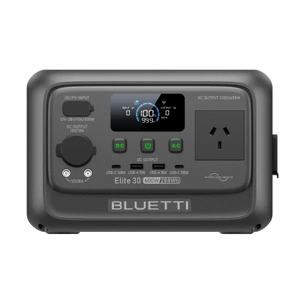



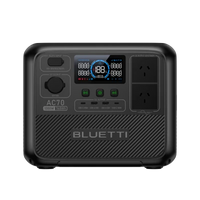
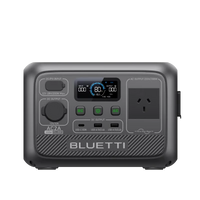
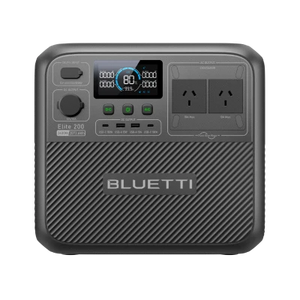
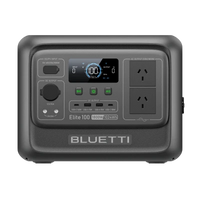
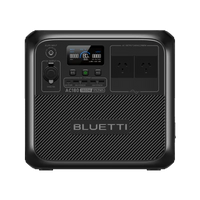
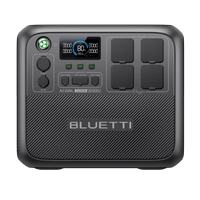






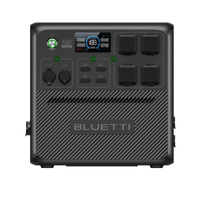
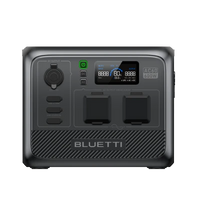
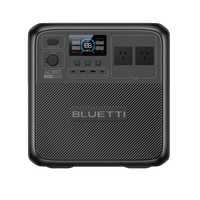


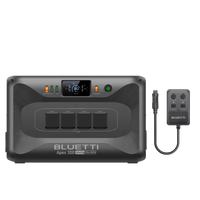

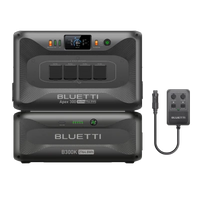
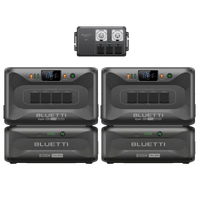
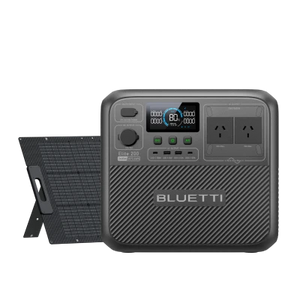
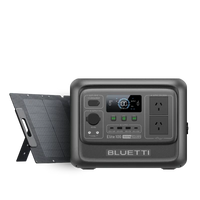
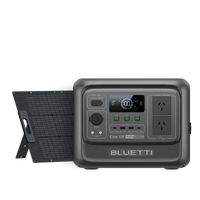
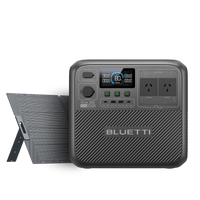
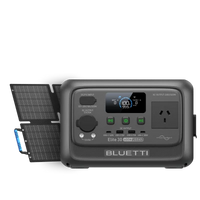
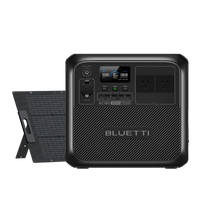
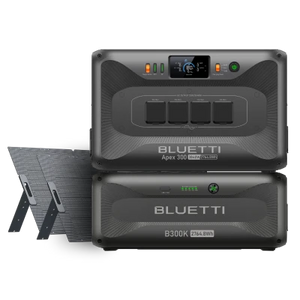
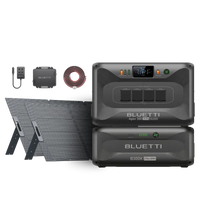


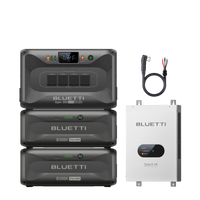


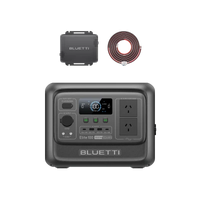
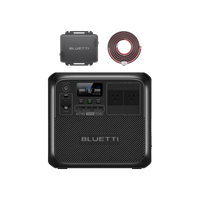

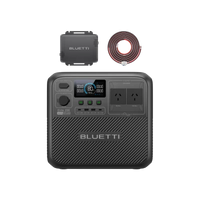
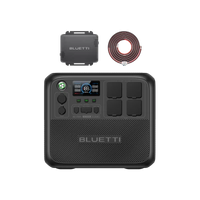
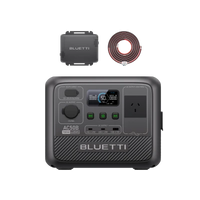
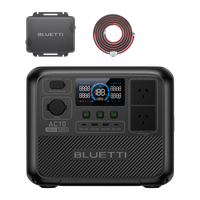


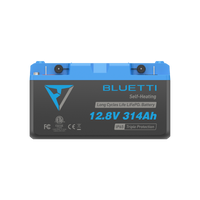

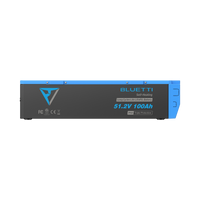



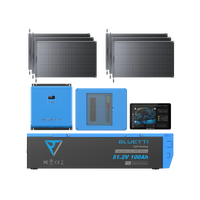





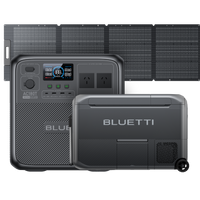
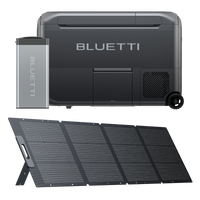




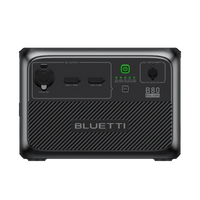


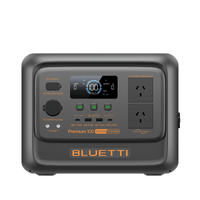
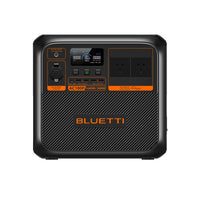

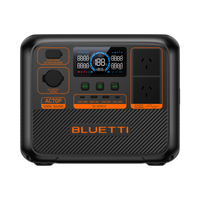
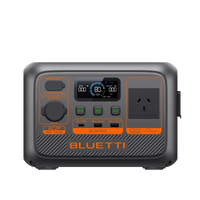

![[Phased Out] BLUETTI B80P Expansion Battery | 806Wh](http://www.bluettipower.com.au/cdn/shop/files/202310025B80P_2000-2000px_4_4caa0c1c-4dab-4272-9e9b-2b7507e5bd81.jpg?v=1713777870&width=200)
![[Phased Out] BLUETTI B210P Expansion Battery | 2,150Wh](http://www.bluettipower.com.au/cdn/shop/files/2_08cf9ef3-03a4-4489-b641-d3edb8094896.webp?v=1716016566&width=200)
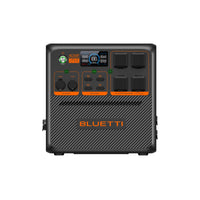

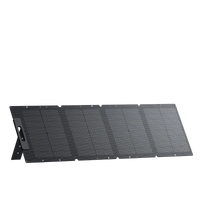
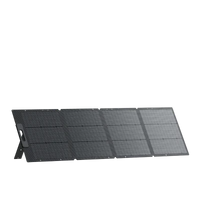
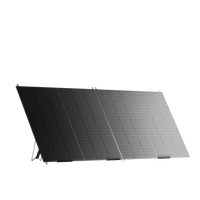

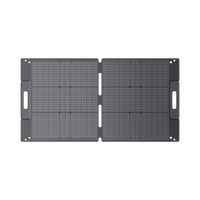

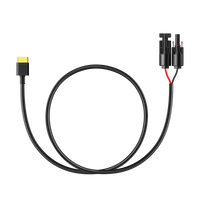
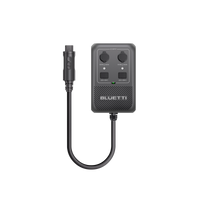



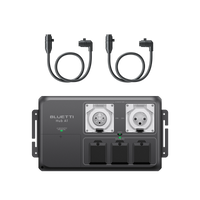
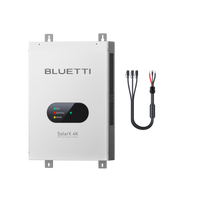


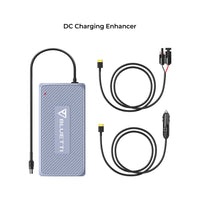

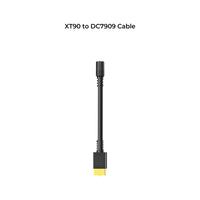
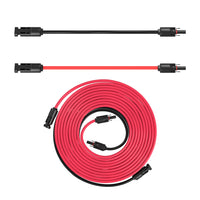
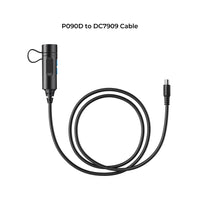
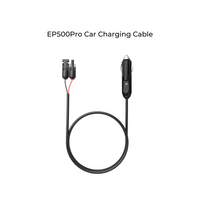

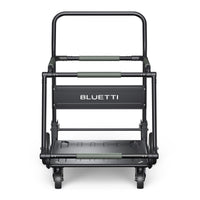

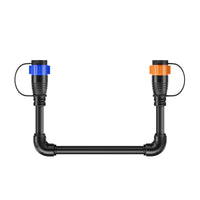

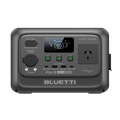



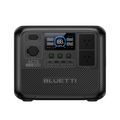
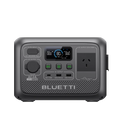
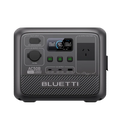

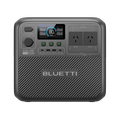
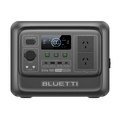
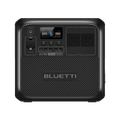
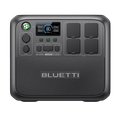






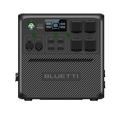
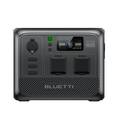
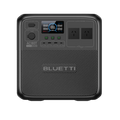


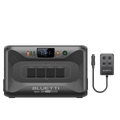

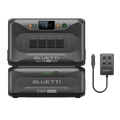
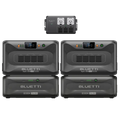




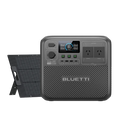
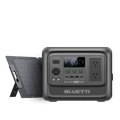
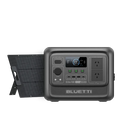
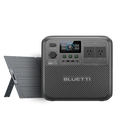
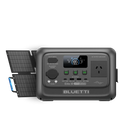
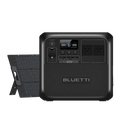
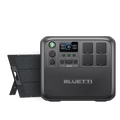
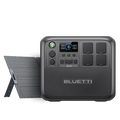




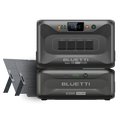

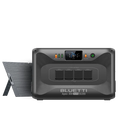
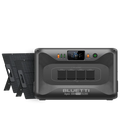
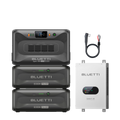







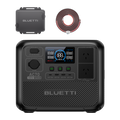





















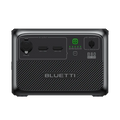



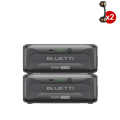
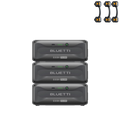





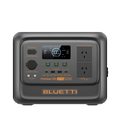
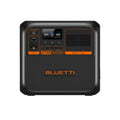

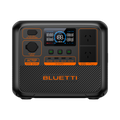
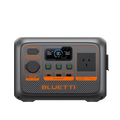

![[Phased Out] BLUETTI B80P Expansion Battery | 806Wh](http://www.bluettipower.com.au/cdn/shop/files/202310025B80P_2000-2000px_4_4caa0c1c-4dab-4272-9e9b-2b7507e5bd81.jpg?v=1713777870&width=120)
![[Phased Out] BLUETTI B210P Expansion Battery | 2,150Wh](http://www.bluettipower.com.au/cdn/shop/files/2_08cf9ef3-03a4-4489-b641-d3edb8094896.webp?v=1716016566&width=120)
